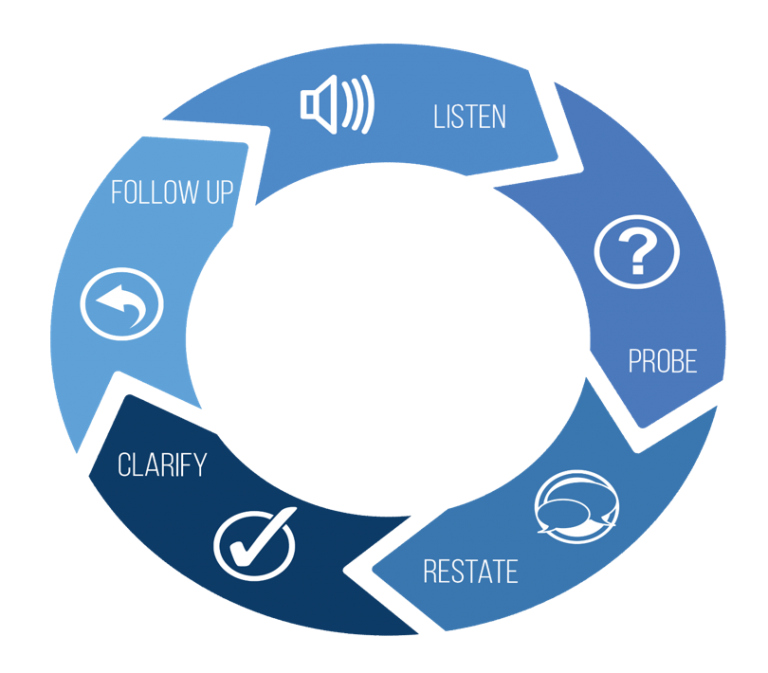Organizational Feedback Loop
Organizations committed to continuous improvement frequently ask their stakeholders for feedback. Who better knows an organization than its employees, customers, partners and the community closest to it? Interacting with stakeholders and gathering feedback provides leaders with valuable information; about areas of success and opportunities for improvement. Use of a feedback loop engages stakeholders, builds trust, and increases engagement throughout the organization.







